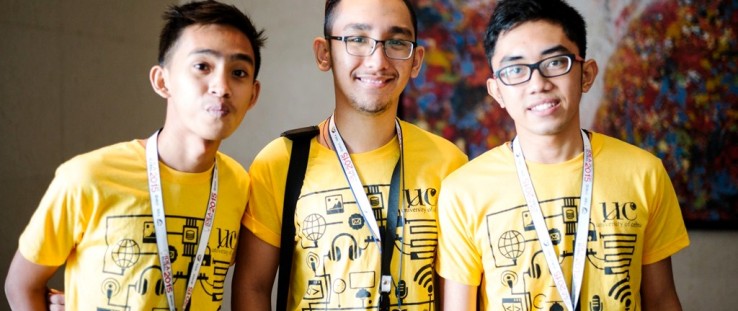 Students from the University of Cebu attend a USAID-supported workshop and symposium for budding technopreneurs.
Kai Elmer Sotto/PhilDev
Students from the University of Cebu attend a USAID-supported workshop and symposium for budding technopreneurs.
Kai Elmer Sotto/PhilDev
 Students from the University of Cebu attend a USAID-supported workshop and symposium for budding technopreneurs.
Kai Elmer Sotto/PhilDev
Students from the University of Cebu attend a USAID-supported workshop and symposium for budding technopreneurs.
Kai Elmer Sotto/PhilDev
A few years ago, Paulo Oscuro, a computer science student from the rural region of Bicol—about 250 miles from the capital of the Philippines—observed that, despite a robust economy, his graduating classmates face limited job openings in their chosen careers. Mostly, they found jobs below their education level or couldn’t find work at all.
According to the World Bank, the Philippines should invest far more in developing its technical and scientific capabilities to address the growing gap between market demand and skills, and make its job growth more inclusive and sustainable.
One day, Oscuro watched a TV interview of Dado Banatao, a Filipino-American engineer and entrepreneur. On the program, Banatao shared how, like Oscuro, he grew up with limited resources in a rural province of the Philippines. His personal drive and love for learning led him to pursue advanced education in the United States. He later invented foundational PC technologies and became a Silicon Valley visionary.
Banatao shared how he founded the Philippine Development Foundation (PhilDev) to promote science, technology, research and entrepreneurship that would advance long-term economic growth and eradicate poverty in the Philippines.
Inspired by Banatao’s story, Oscuro had a vision. “Students could be engineers in their own way, creating stuff they really want and improving people’s lives with technology,” he said. Rather than working for a company, he could design his own mobile applications.
Strengthening Higher Education
Through the Partnership for Growth, a U.S. bilateral effort that promotes inclusive economic growth, USAID identified key areas to unlock the country’s potential for growth, including through education.
“To make this growth sustainable, we must create opportunities that reach as many Filipinos as possible,” said Gloria D. Steele, USAID’s mission director in the Philippines. “One way to achieve this is to develop a world-class university research ecosystem that drives growth through innovation and leapfrogs the nation across stages of development.”
The Philippines is not alone in this priority. In 2011, President Barack Obama called for an “all hands on deck” approach to innovation, bringing together government, academics and philanthropy to, in his words, “spark ... creativity and imagination.”
In the Philippines, the response from USAID has been to carve out a special space to develop the talent of new Filipino entrepreneurs.
Now in its second year of implementation, USAID’s Innovative Development through Entrepreneurship Acceleration (IDEA) project works with Philippine higher education engineering and science programs to inject entrepreneurship in their curriculum and allow students to transform their innovative ideas into products and businesses.
The three-year, public-private sector collaboration leverages resources from PhilDev through a Global Development Alliance. “Entrepreneurship is the fastest way to move wealth in society. Education gives people the tools to innovate and build businesses,” says Banatao. “Entrepreneurship leads to the creation of jobs and redistribution of wealth, and puts the Philippines on the global economic map.”
IDEA is just one of USAID’s programs that strengthen institutions to capitalize on the transformative power of science, technology and innovation. In total, the U.S. Government, through USAID, is investing $34 million over the next five years to help improve outcomes in higher education in the Philippines. The programs foster industry-academic connections, strengthen the research capabilities of Philippine universities, and give Filipino students pursuing master’s degrees in science- and technology-related fields the opportunity to study in the United States for one year.
“The aim of it all is to invest in the Philippines’ rising stars, enabling them to participate in the global economy as researchers and entrepreneurs within the Philippines,” explains Steele.
Building Businesses
One of IDEA’s main components is the Global Entrepreneurship Symposium and Workshop, which Banatao leads. And so, in March 2014, when Oscuro read in a newspaper that Banatao was coming to Manila for the program’s first workshop, he stretched his money to afford the $18, 12-hour bus ride from Bicol to Manila. With the workshop open to only 200 people per year, Oscuro was thrilled to have the rare chance to meet his hero face to face.
At the workshop, Oscuro met startup enthusiasts, found a U.S.-based mentor, and learned about creating products out of innovative research, understanding the global market and working with venture capital, among other topics.
“The workshop changed my life,” Oscuro said. “I knew I could build products that ripple benefits to others.” He was finally ready to reveal a mobile application that he dreamed up.
“Everybody hates traffic, so I made an opportunity out of it,” he said. After repeatedly pitching and explaining his idea to people in the industry, he developed Grived, an app that helps small businesses manage their fleets’ routes to save gas and earn the company rewards.
In the United States, small and medium scale enterprises generate two-thirds of the country’s employment. These businesses sustain a robust middle class, where communities can educate their children, maintain good health and pursue livelihoods.
In the Philippines, however, most business takes place in either homegrown microenterprises or multinational firms. Sari-saris, family-run kiosks that sell products in small packages and help meet families’ daily grocery needs, dot barangays, or villages, throughout the country and are ubiquitous reminders of the hand-to-mouth subsistence of the poorest segments of the Filipino population. Around 19.2 percent of the population—18.4 million Filipinos—lives below the international poverty line of $1.25 per day. Meanwhile, big business in the nation’s capital region booms—the Philippines is expected to grow from the world’s 44th largest economy to 16th by 2050.
Few businesses fall in between, creating a gap where jobs are limited and growth cannot reach all people.
He recently attended an IDEA alumni workshop where two participants, Marga Adan and Mai-Mai Cojuangco—cofounders of Sympies, a new social media app that connects users through shared emotions and experiences—discussed their ideas and dreams.
“Entrepreneurism is a science in itself, and it should be taught in school,” said Cojuangco.
Cojuangco and Adan are psychology graduates and do not possess technical backgrounds. But by consulting mentors, forging partnerships and pursuing knowledge within the startup community, they are navigating the process of building an app. “You just have to start,” Adan said enthusiastically, adding that, through IDEA, they linked up with local universities to test their app with students and perfect its functionality along the way.
Other IDEA participants have already secured investors, including Carmel Laurino, cofounder of Kalsada Coffee. Born in the Philippines but raised in the United States, she returned to the Philippines to pursue her passion for coffee while uplifting others’ lives. Her company employs two people and partners with 35 Filipino farmers, investing in low-cost, high-impact technology to improve their beans.
“There is no blueprint for running a startup, and we’ve had lots of breakdowns and breakthroughs,” says Laurino. “But by sticking to our vision of producing a radically transparent supply chain, we can bring a higher quality of life for farmers, foster a socially sustainable industry and introduce a new origin of coffee to American coffee cups.”
Besides working with young entrepreneurs, IDEA fosters dialogue among higher education institutions, the government and the private sector in symposiums that gather more than 800 people annually and provide a platform for Filipino and American participants to strategize on how to strengthen entrepreneurism in the higher education system.
IDEA also helped link U.S. and Philippine universities, where American professors help Filipino universities revise their engineering curriculums to include more entrepreneurism. This has already resulted in an institutionalized agreement between PhilDev and the Philippines’ Commission on Higher Education where pilot universities must infuse “technopreneurship” into their engineering curriculums.
Looking Ahead
Upon completion in 2016, IDEA will have leveraged more than $2 million to match the U.S. Government’s $1.5 million investment in the program. In total, 600 young people like Oscuro will participate in the entrepreneurship workshops and at least 10,000 students will graduate college equipped with entrepreneurial skills. The adoption of “technopreneurship” within local universities ensures that countless others will benefit and that the culture of entrepreneurism is here to stay.
“My home was a million miles away, and a million years from Silicon Valley,” Banatao said. “I see many children who are smarter and brighter than I was at their age. There are countless kids who just need a chance, just like I did. I am not so special, but I am determined.”
USAID’s Steele added: “As higher education becomes accessible to more people, it can serve as a great equalizer, providing the opportunity for social and economic mobility for all.”
And these entrepreneurs certainly are mobile. Paulo Oscuro moved to Manila and added two members to his team to grow Grived. Carmel Laurino successfully completed an online crowdsourcing campaign to expand Kalsada to American markets. Meanwhile, Marga Adan and Mai-Mai Cojuango’s Sympies app just went live for users to download.
Now a world away from the day he first saw Banatao on television, Oscuro says, “Creativity ignites you to do impossible things.”







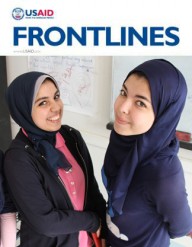

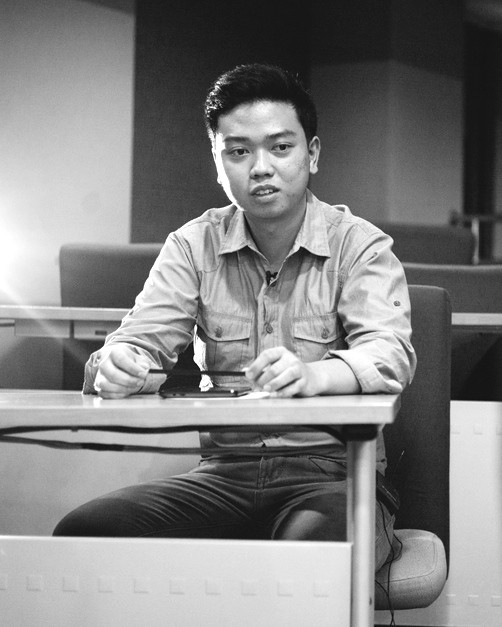
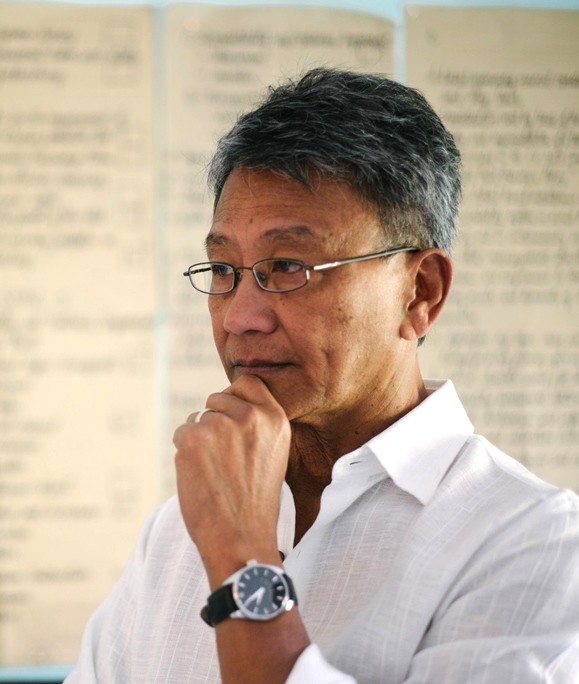
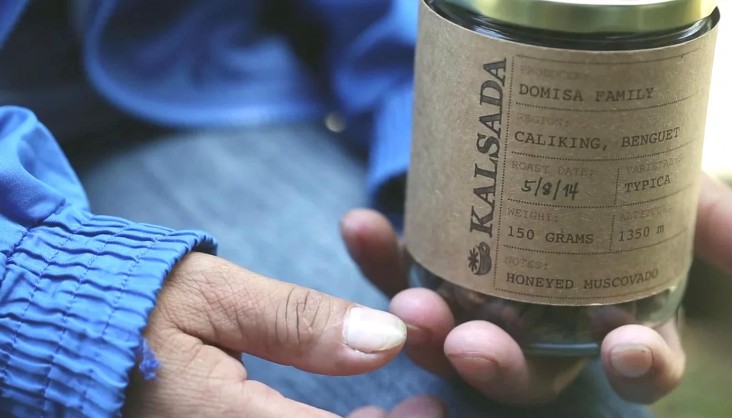
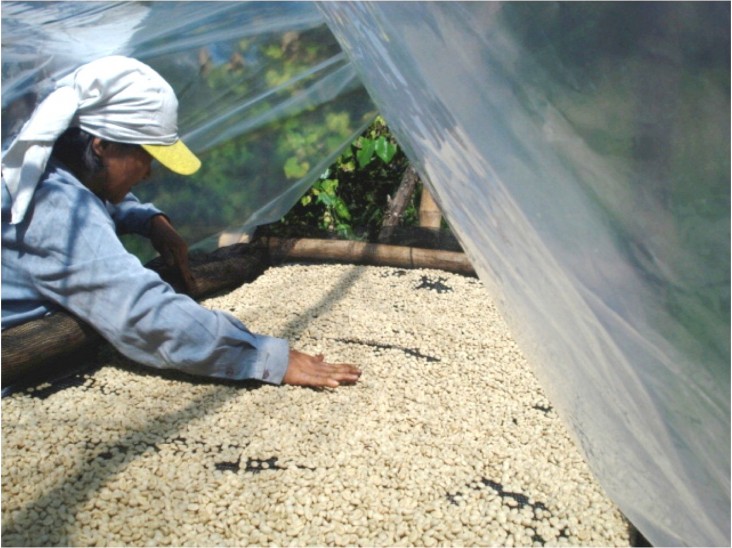
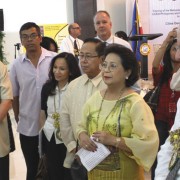
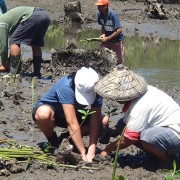
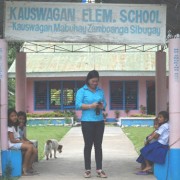
Comment
Make a general inquiry or suggest an improvement.